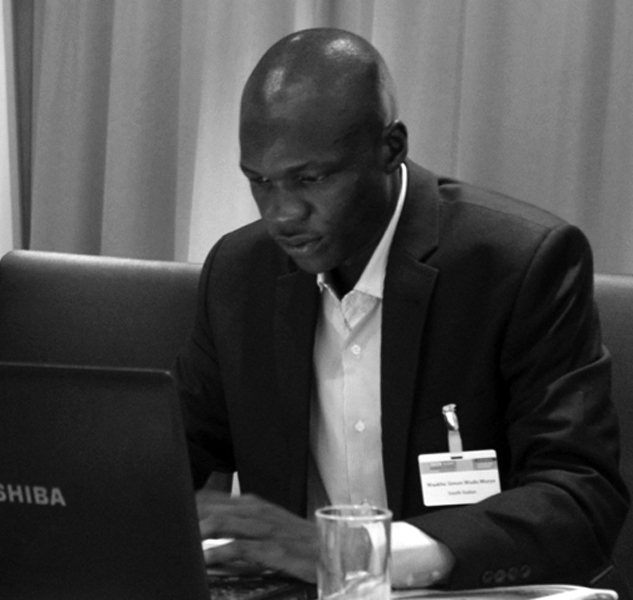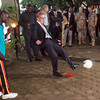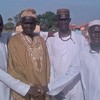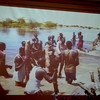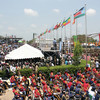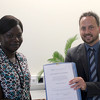South Sudan’s teachers rely on a single book
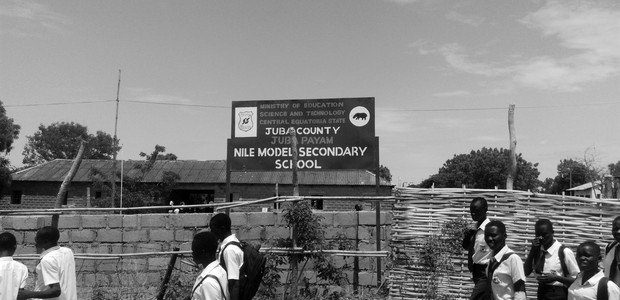
Juda Masmino, Head Teacher of Juba Commercial Secondary School, said the new curriculum remains just a theory as the ministry provided no text books, except a book known as “the green book”. The green book contains subjects and topics to be taught in the schools but has no details. It contains only directions for teachers.
No single book has come out.
In 2014 the ministry phased out foreign teaching materials in a move that was part of a range of educational reforms, aimed to stamp out the imprint of foreign cultures and to focus on South Sudanese materials. “Up to today no single book has come out,” Masmino said. “So it is now down to our own efforts to try our level best to find from here and there what to teach, or use the content given in the green book.”
Masmino added that his teachers collect their notes for teaching the students from Kenyan and Uganda’s books simply because there are no national curriculum books for teachers to use.
Juma Vuni Wilson, head teacher of Nile Model Secondary School, agrees: “We don’t know exactly what to do. It’s really a challenge in South Sudan because at the moment people are using some books from East Africa, Uganda and Kenya,” Wilson said.
Teachers have called on the government to print out South Sudanese educational text books. Masmino also said another obstacle was that many teachers needed help to teach in English, South Sudan’s official language since independence in 2011, replacing Arabic. “For some teachers it is difficult to deliver the message because of the language problem, some of them have done English courses but they need more,” Masmino said.
Two years after the ministry announced the implementation of the curriculum, they still face resistance from students, used to learning under other systems.
Deng Deng Hoc, South Sudan Minister of General Education and Instructions spoke of protests in several parts of the country, including the former states of Lakes and Western Bahr el-Ghazal. “Some students in Rumbek National Secondary School, Salva Kiir Private Secondary School in Wau also Standard Private Secondary School in Wau demonstrated and demanded that the examinations should continue to be administered in South Sudan,” Hoc said, referring to protests in May.
Students want to sit for Sudan School Certificate examinations, rather than the South Sudan examinations. He said students had got used to working with four foreign curricula from Uganda, Kenya, Ethiopia and Sudan. He did not outline any measures to be taken against students or areas that continue to resist implementing the national curriculum, but urged students not to take the law into their hands.
He explained that the South Sudanese curriculum was first developed in Chukudum village town of former Eastern Equatoria State in 2004 and was later refined in Kenya, adding that it was designed to meet the needs and aspirations of South Sudanese. But so far even after eight years of implementation, resistance by the students continues to pose a challenge.
But the issue of education remains pressing in the young country. According to the Ministry of General Education’s research carried out before the current conflict that started in late 2013, South Sudan’s illiteracy rate is over 70 percent, and even higher among girls.
As part of reforms, Hoc said the Ministry is training teachers to improve implementation of the curriculum, adding the Ministry is also planning to introduce a new inspection framework for schools from February 2017.
The new curriculum gives eight years for primary level and four years in secondary schools, slightly longer than in Sudan where students have just three years for the secondary level.
